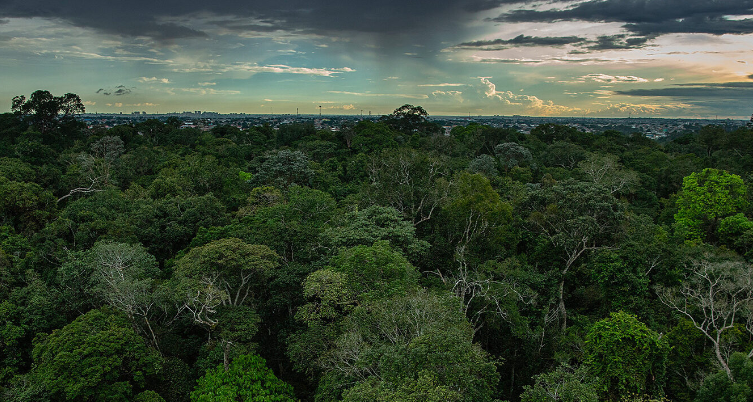- Researchers analyzed never-before-used satellite data to calculate how much carbon is stored in protected areas worldwide.
- The Amazon Rainforest’s protected areas accounted for the highest rate of carbon stock, according to the unprecedented study.
- The results can help policymakers and conservationists assess areas for protection to fight climate change — and not just forests.
By avoiding deforestation, globally protected areas store roughly one year’s worth of global fossil fuel emissions, compared to otherwise unprotected areas. That’s the conclusion of a recently published study that sought to calculate the carbon benefits of preserving forests and other landscapes.
Brazil’s Amazon has the highest rate of carbon stock of protected areas, according to the study, accounting for as much as 36% of the total. “These forests are the most threatened by human pressure, so protected areas are particularly important here,” Laura Duncanson, an assistant professor of geographical sciences at the University of Maryland and lead author of the new paper published June 1 in Nature Communications, told Mongabay in an email.
Scientists from the University of Maryland, Northern Arizona University, the University of Arizona, and Conservation International worked with never-before-used satellite data, gathered by NASA’s Global Ecosystem Dynamics Investigation (GEDI). They found protected areas stock an additional 9.65 billion metric tons of carbon in their aboveground biomass, compared to ecologically similar unprotected areas. Avoided deforestation and degradation are the main reasons behind this additional carbon stock, the authors say. The research was funded by the National Science Foundation and NASA.

For Patrick Roehrdanz, study co-author and manager of spatial planning for area conservation in response to climate change at Conservation International, the findings highlight that protected areas are “doing the job they are supposed to be doing” in terms of carbon, biodiversity and ecosystem structure.
In the context of the Global Biodiversity Framework ambitions to expand protected areas across the globe, “we can expect that additional protected areas will result in additional carbon mitigation coming along with it,” he told Mongabay by video call.
“This study supports continued protection and expansion of protected areas as one approach to climate action,” Duncanson told Mongabay in an email. “Of course, this is still a relatively small piece of the picture — forest conservation alone will never solve the crisis without drastic cuts in fossil fuel emissions.”
For Viola Heinrich, a postdoctoral researcher with the University of Exeter, U.K., and the German Research Centre for Geosciences, who was not involved in the study, the results aren’t surprising but are welcome as they offer new data to inform policymakers. “It actually provides the quantitative evidence for policymakers to potentially expand protected areas where it’s possible, or where it’s feasible.”


